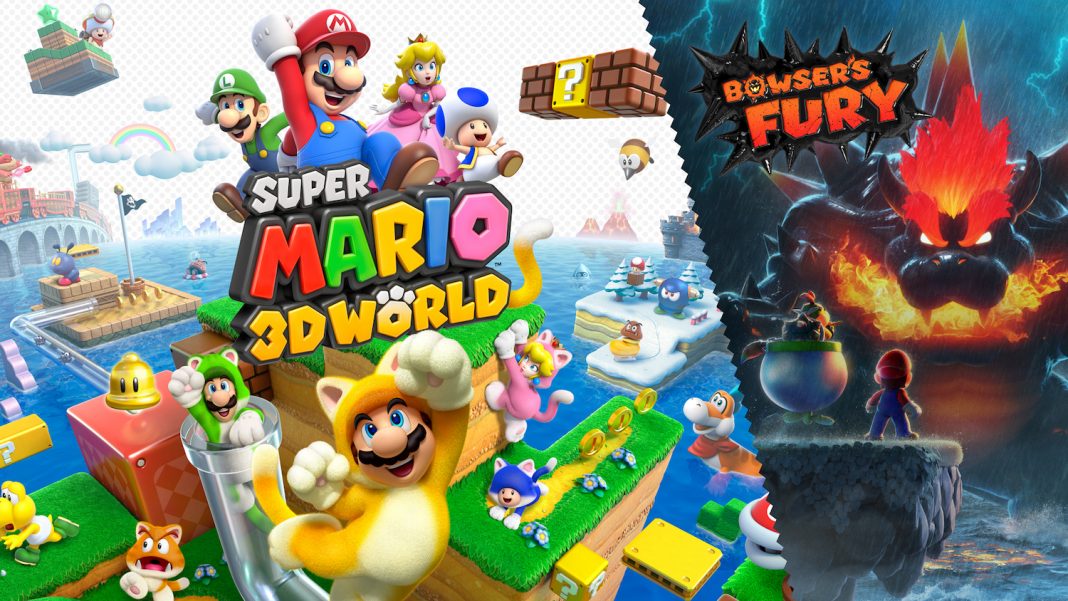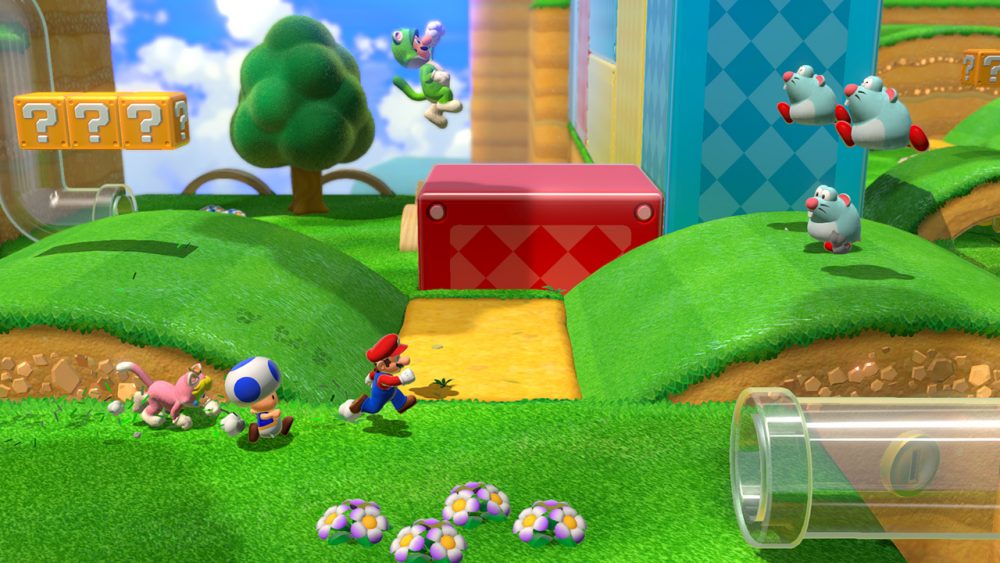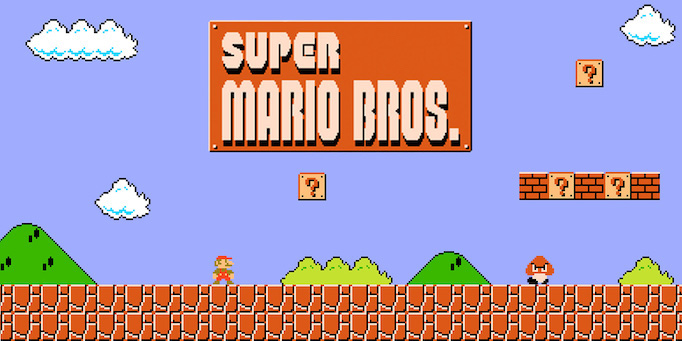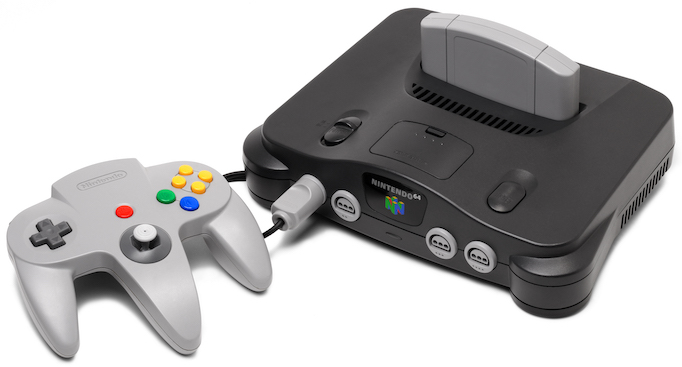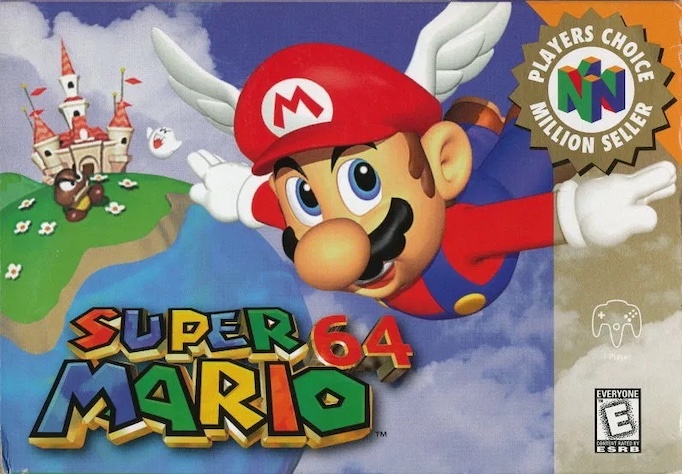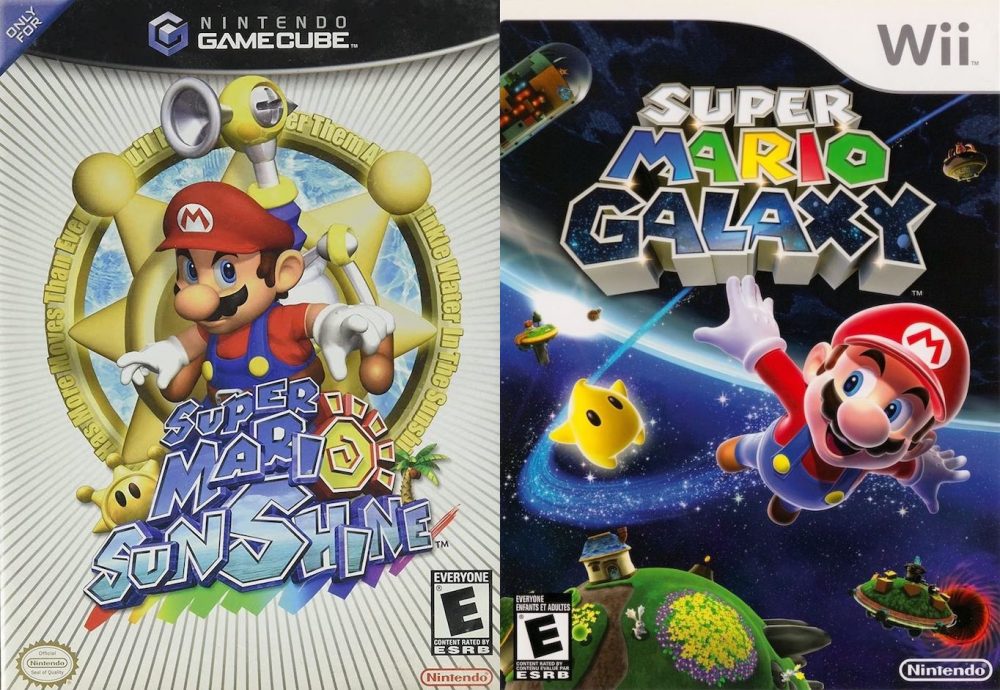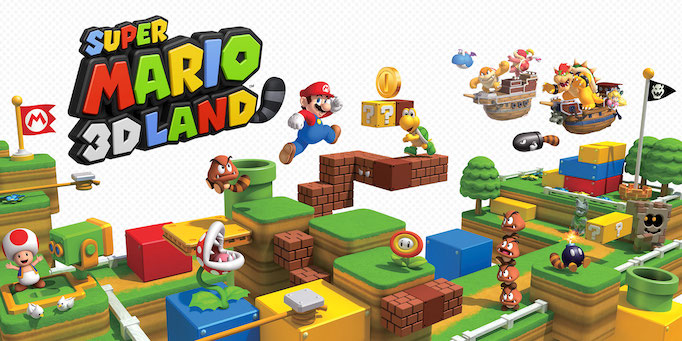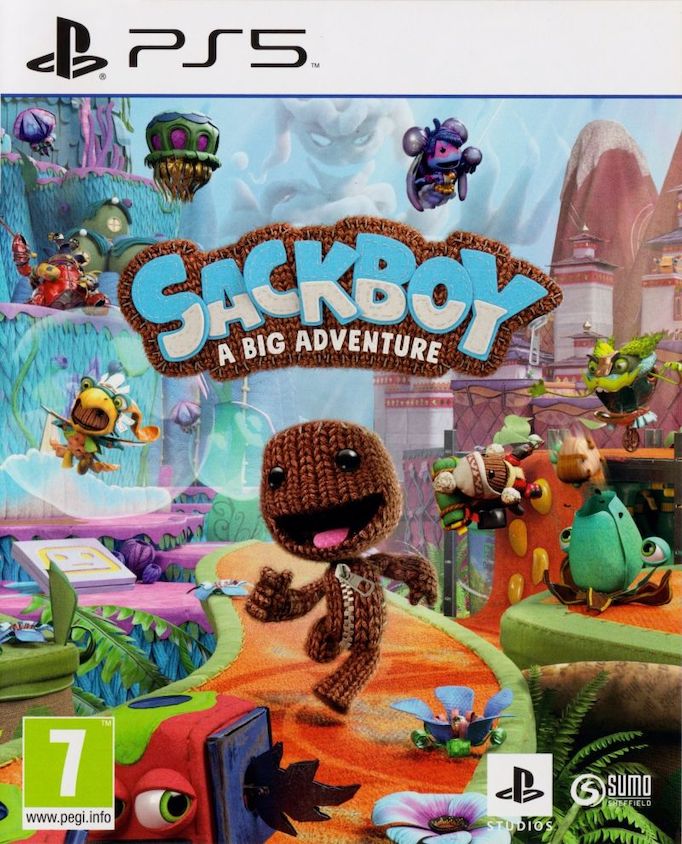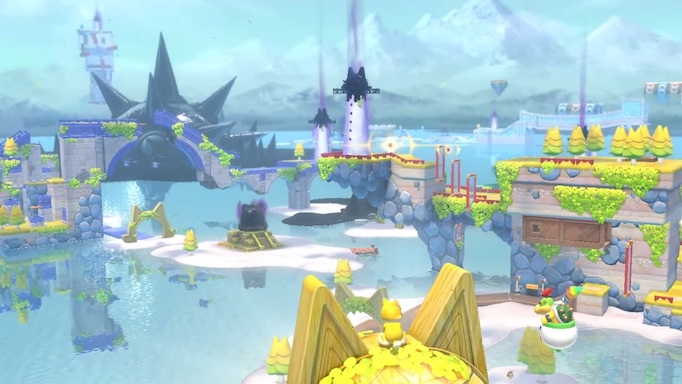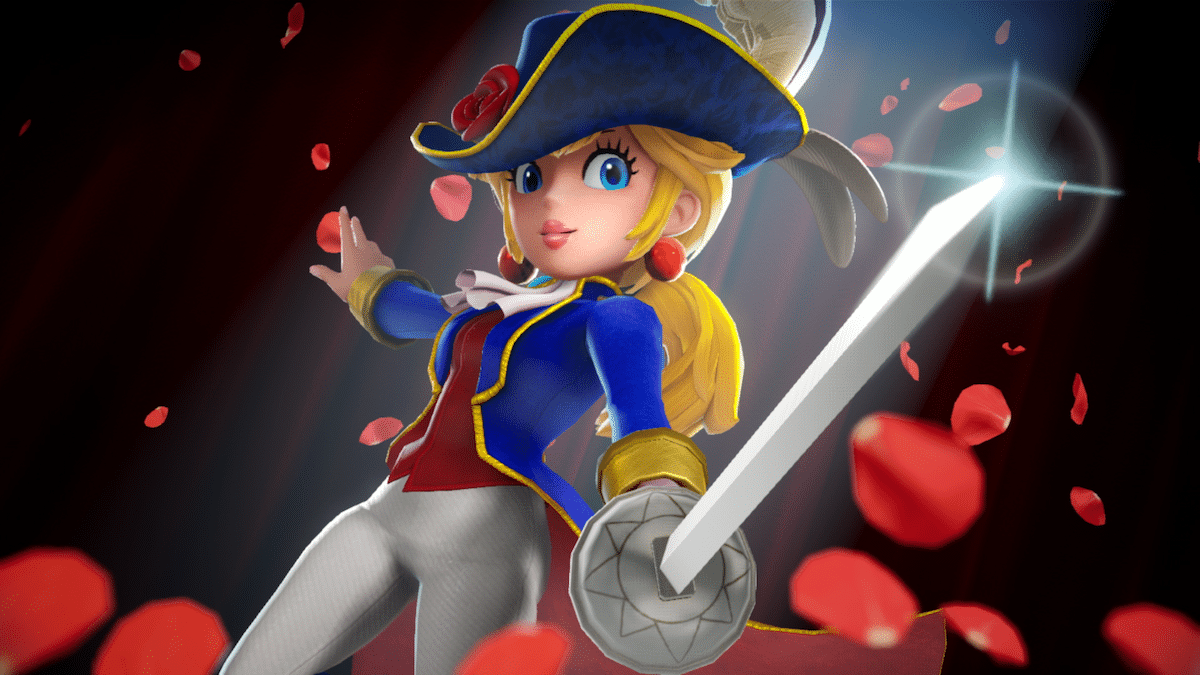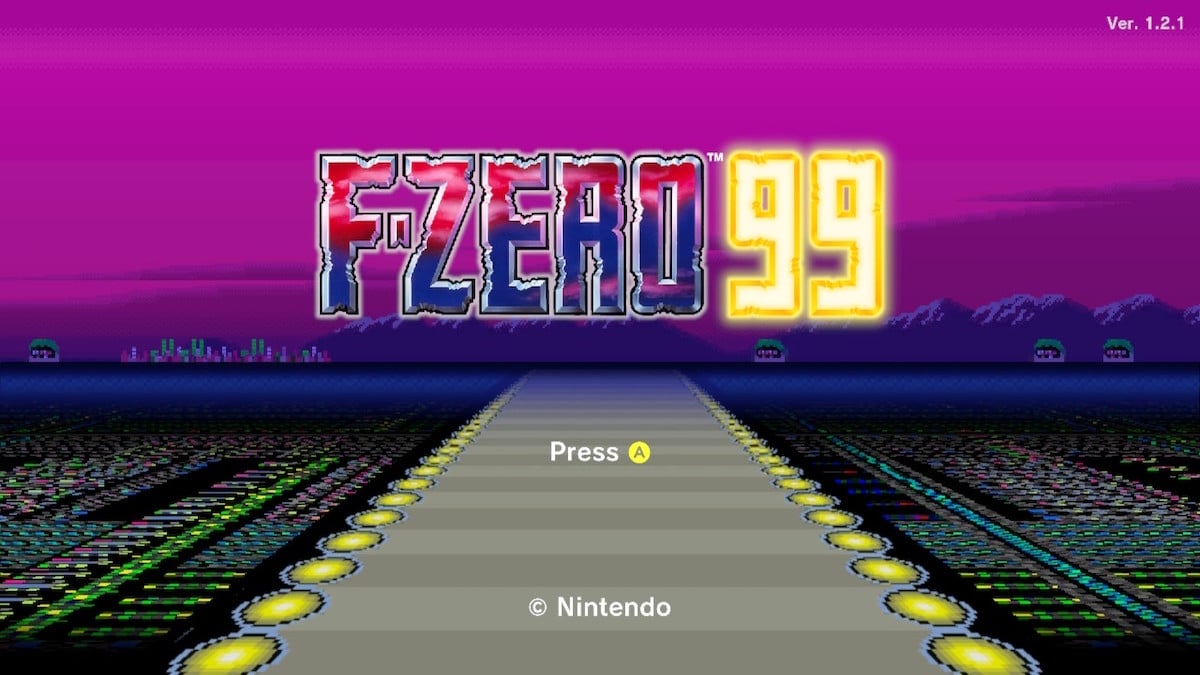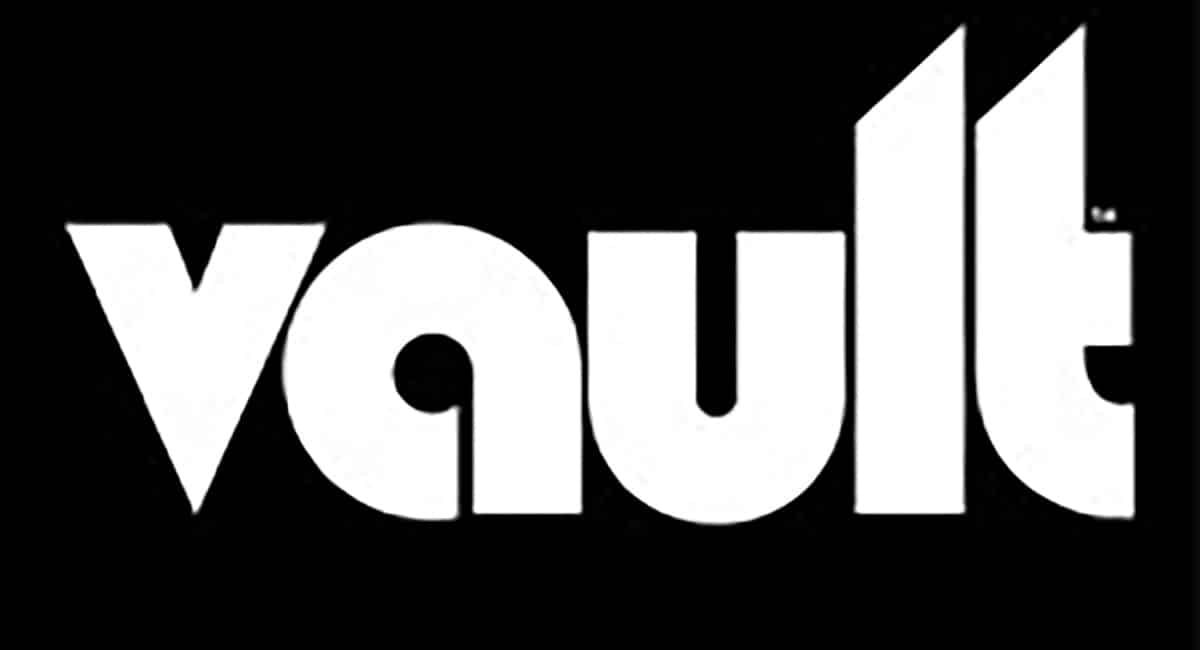Thousands of people played Super Mario 3D World for the first time in February, even though the game debuted all the way back in 2013. Its re-release on the Nintendo Switch exposed the game to an audience 6 times the size of the Wii U’s, introducing players to a new kind of Mario platformer experience.
Breaking from past 3D Marios like Super Mario 64 and Super Mario Sunshine, 3D World sees the titular character navigate down a mostly fixed path, harkening back to the model Mario titles followed in the NES and SNES eras. Super Mario 3D World (and Super Mario 3D Land before it) are closer to what fans might have expected from a three-dimensional Mario before the release of Super Mario 64, which invented the sandbox-style 3D platformer. In 1996 Nintendo pioneered a subgenre of platformers where the player explores a series of stages that contain a number of different missions, creating a new style of Mario platformers.
3D Land and 3D World returned the series to Mario’s roots, bringing classic game design to a three-dimensional setting and in so doing changing once again what it means to be a Mario platformer. Read about how 3D World represents a third branching path for the franchise and Mario’s key role in defining (and redefining) movement in video games.
Movement is key to nearly every video game. If you don’t like how a game’s character walks, jumps, or climbs then you’ll find it difficult to enjoy the game as a whole. Mario has been a pioneer in movement in video games, which makes sense given that the first Mario titles are platformers, where movement is especially central to the game experience.
Mario was originally designed within a 2-dimensional framework, starting with Donkey Kong, then Mario Bros., and most famously in the Super Mario Bros. franchise.
A pack-in title for the Nintendo Entertainment System, Super Mario Bros. was one of the earliest platformers to appear on a console, and certainly one of the best. The side-scroller introduced millions of gamers to a new way to play. Third-party publishers noticed the popularity of the genre and developed their own platformers, which resulted in some of video games’ most famous franchises including Mega Man, Castlevania, and Ninja Gaiden, to name just a few. Super Mario Bros. created the template for one of the leading genres in that era of video games, which Nintendo further refined in subsequent entries in the series.
When it came time to create a Mario game to debut with the Nintendo 64, the team discovered that developing 3D games in the mid-90s came with concessions. A major limitation was the storage capacity of N64 cartridges, which made the framework of the 2D Mario games next to impossible to adapt to a three-dimensional setting.
Mario titles on the NES and SNES were stuffed with content. Super Mario World contained 72 levels. A Nintendo 64 launch title couldn’t come anywhere close to that number, so the developers improvised.
In Super Mario 64, instead of playing through a series of levels, Mario undertakes a number of missions across 15 different stages. That allowed its developers to reuse assets, which helped them make a full-length game with the limited storage capacity at their disposal. The restriction might be the very reason the team invented the sandbox 3D platformer genre. With limitations comes innovation, after all.
Fans and critics loved Super Mario 64, awed by how it captured the spirit of the more limited exploration available in Mario Bros. 1-3 and Super Mario World but expands it to an entire game filled with secrets and discoveries.
Given the success of Mario 64, Nintendo unsurprisingly followed the same model in the development of Super Mario Sunshine, built around another hub world where players find and unlock new stages. Super Mario Galaxy 1 & 2 streamlined the game design a bit, more broken down into separate missions. But both titles still contained elements of the sandbox genre, including a hub world in the first title and returning to stages for additional missions.
In 2011, by which point memory limitations were no longer an issue, Nintendo released Super Mario 3D Land for its latest handheld the 3DS. The title introduced a new category of Mario 3D platformers. While the hero retains 360-degree movement, 3D Land was the first time developers followed 2D Mario sensibilities in a three-dimensional framework. The game uses levels instead of stages and brought back classic elements of 2D Mario games like timers, flagpoles, and the Koopa Kids as antagonists
Mario 3D Land was received positively as the first fully original 3D Mario released on a handheld device, but the conversations around 3D World were less effusive when it debuted on Wii U. Fans expressed disappointment that Nintendo seemingly abandoned the sandbox-style it fine-tuned over the past two decades. In the years since, however, players began to appreciate Super Mario 3D World for what it is rather than what it isn’t: an inventive 3D platformer brimming with new ideas and experimentation. By building on the framework introduced in 3D Land, Mario 3D World cemented the 2D-inspired style of gameplay in a 3D game as a third branch of Mario platformers.
The jury’s out on whether or not Nintendo ever returns to the 3D Land/3D World format, given their penchant for moving on to new ideas with every almost every project, which we saw recently with 2017’s Super Mario Odyssey. Other studios, however, were clearly inspired by the new design approach and picked up where Nintendo left off. Sackboy: A Big Adventure, a PlayStation 5 launch title, recently imitated the 3D World model. Chances are good that we’ll see more video games like it in the future. Which is great! Nintendo created an exciting new game format, so we should be more than happy to see what other developers bring to it.
Bowser’s Fury, included as additional content for the Switch release of 3D World, is yet another experiment with 3D Mario. For the first time ever, Bowser’s Fury offers a truly open-world Mario. Open-world settings are nothing new in video games, but fans have rarely if ever seen it adapted to the platformer genre. Bowser’s Fury took the leap, to great results.
Maybe Bowser’s Fury was a test case that let developers see how well-suited its most recognized mascot to an open-world setting. Given the popularity of Bowser’s Fury, I wouldn’t be surprised to see a full-length game in its style somewhere down the line.
Also, the effort and innovation Nintendo put into what could have easily been throwaway bonus content is nothing short of astounding. Developers haven’t put much effort into persuading owners of Wii U titles that they’re worth buying over again on Switch. The Mario team must have sensed a unique opportunity with 3D World. Nintendo loves to try new things to see what sticks, and they seemed to find something rather sticky with Bowser’s Fury. You have to marvel at how Nintendo takes every opportunity to experiment and discover new ways to play.


